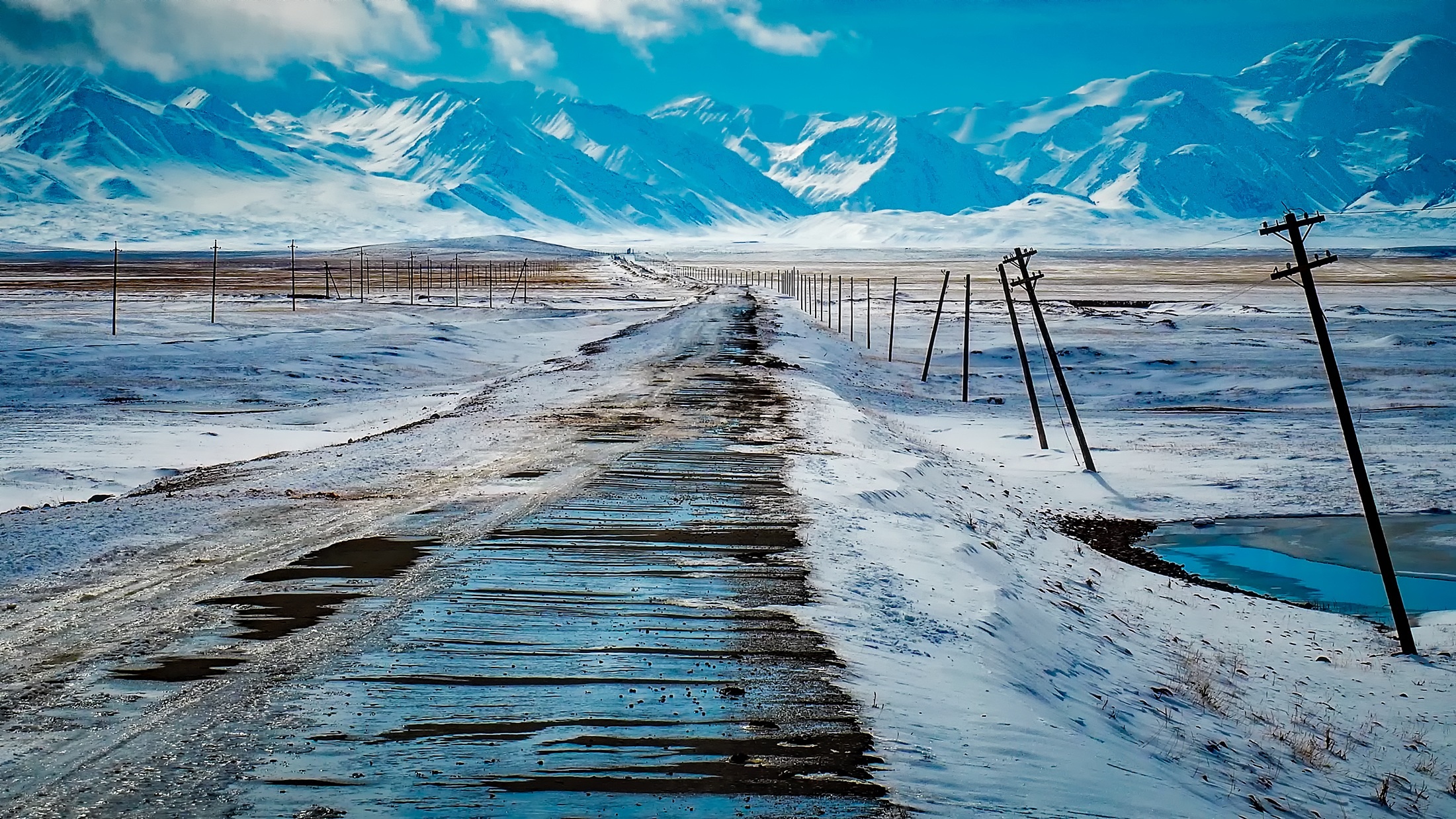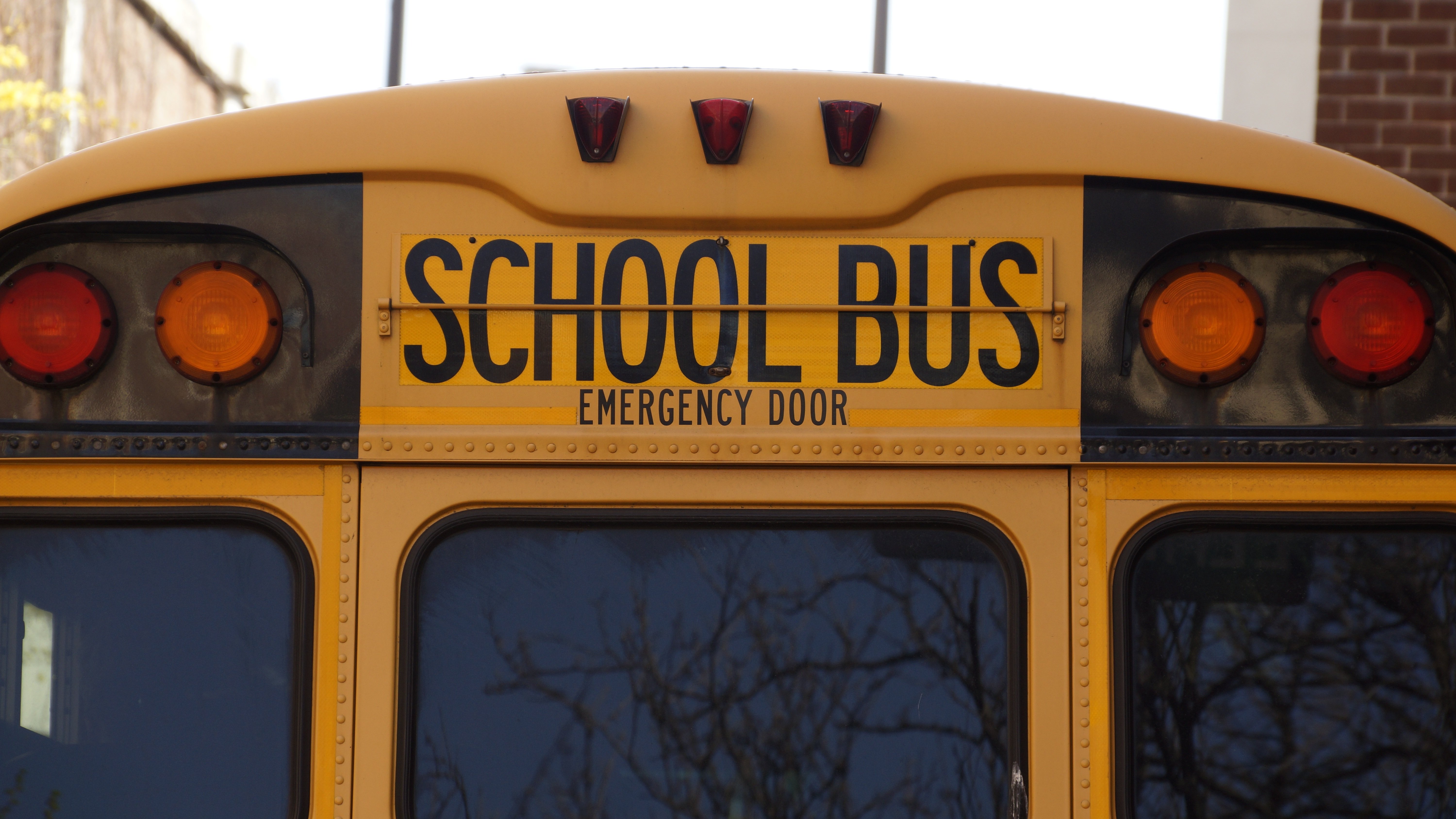Yes, Onspots work in reverse. The important question of engaging chains in reverse is asked time and time again. Moving in reverse is always challenging due to obstructions (your field of vision is blocked by the vehicle itself), depth perception, and the difficulty of controlling your speed and direction; now add snow and ice!
Oftentimes 4x4 is discussed as an alternative to Automatic Tire Chains. On ice, more times than not, if one wheel is slipping, so are the other three. In reality, the two systems are complimentary to one another.

Onspot provides traction in cases where all four tires lose traction or when stopping which is equally as important to driver, passenger, and cargo safety.
Transporting people or products in adverse weather conditions is difficult but with the ability to move in forward or reverse combined with the ability to stop with confidence provides peace of mind for the driver.
Precious Cargo

School bus routes are designed for time efficiency and safety. For example, the routes avoid the need for left turns or backing up, but a community’s road system or topography will sometimes make the need for reversing unavoidable.
When reversing on snow or ice, the bus driver engages the chains while moving at least 2 MPH. The wheels turning, especially in reverse, is key to proper chain engagement. Once traction is achieved, the driver can continue in reverse, stop, then go forward, all while the chains are in the engaged position. The traction of the chains allows for more control while reversing the 20 feet of bus behind the driver.
Business Cargo
The nerve center of any economy is the trucking industry. Truck drivers transport product across state lines and borders but there is one driver who most of us don’t ever see. Once the trucks arrive at their destination, the yard spotters take over.

Yard spotters are used to move and spot trailers/containers at terminals, ports and warehouses. Unlike most roads and highways, these sorting and processing areas are not always easy to traverse in snow and ice especially in reverse.
As with a school bus backing up, “throwing the chains” first will make reversing easier by giving the driver control of speed and direction. Stopping or reversing safely is as important as moving forward and tire chains give added control on snow and ice.
Automatic tire chains allow the driver to proceed safely on snow and ice from inside the vehicle with just a flip of the switch.


